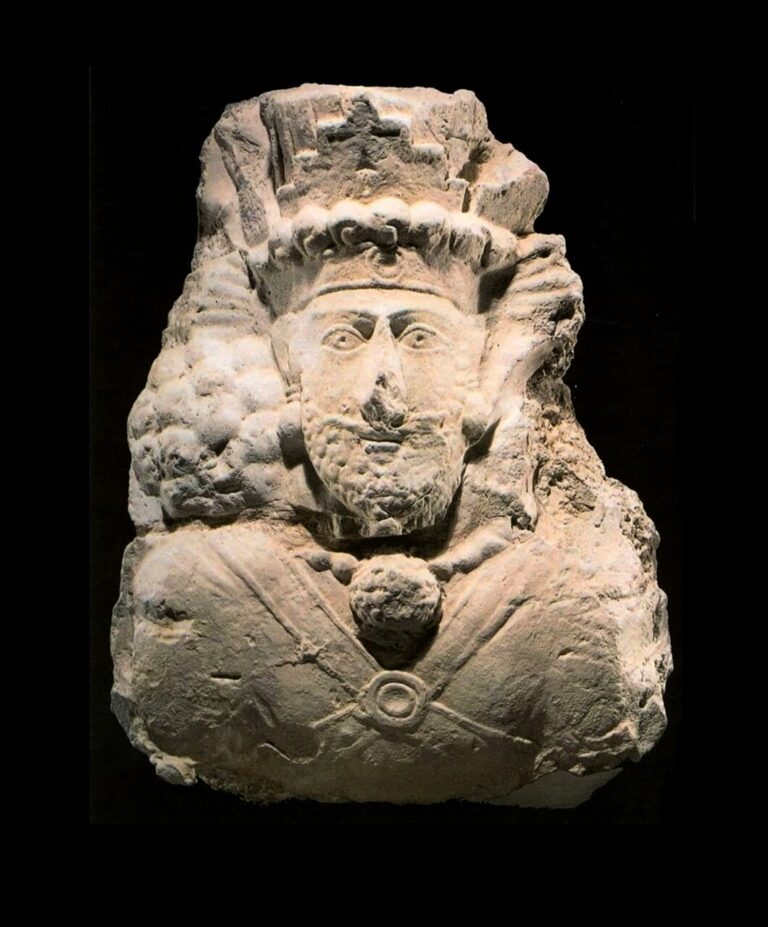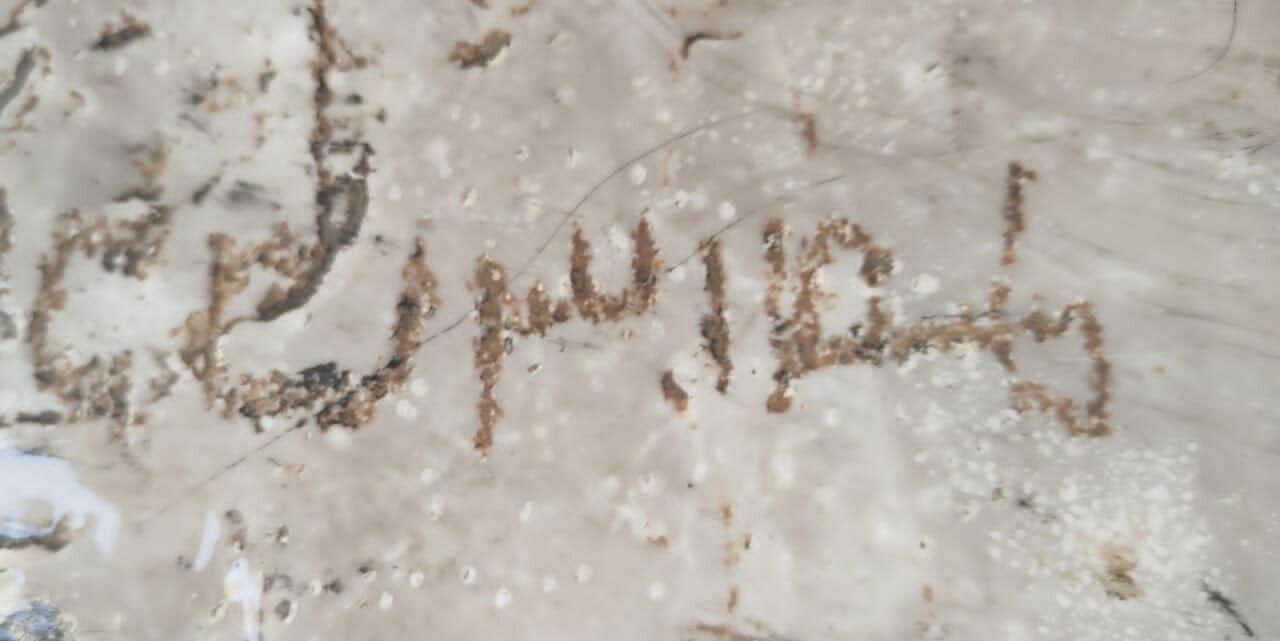
Similar Posts
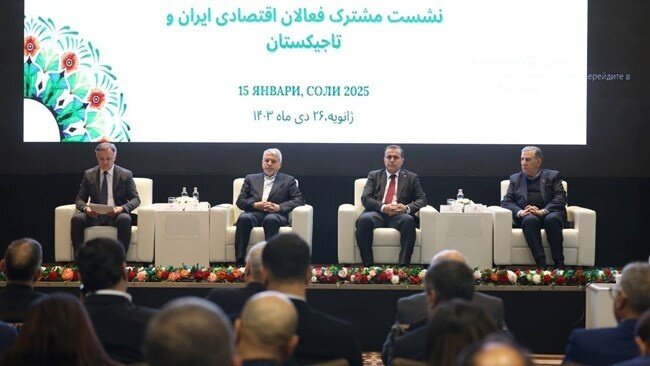
Tehran and Dushanbe Explore Dynamic Cultural and Economic Partnerships
At a recent economic forum, Iran and Tajikistan focused on enhancing tourism and economic cooperation, leveraging their deep cultural and historical ties. Iran’s Minister of Cultural Heritage emphasized the intertwined identities of both nations, aiming to transform this shared heritage into a robust economic partnership. Key initiatives include increasing mutual tourism to 100,000 visitors annually, strengthening cultural ties, and fostering economic collaboration. The event also resulted in several cooperation agreements between businesses, opening new trade opportunities. Overall, the forum signifies a commitment to leveraging cultural connections for economic growth and promoting a prosperous future for both countries.

Reviving History: Khuzestan’s Historic Caravanserai to Undergo Restoration
The Dehdez caravanserai in Khuzestan province is set for significant restoration aimed at reviving its historical glory and boosting local tourism. Head of the Cultural Heritage Department, Reza Kiani-Qaleh-Sardi, emphasized the importance of preserving the caravanserai’s architectural integrity while enhancing the region’s cultural landscape. The project, funded initially with 8 billion rials and seeking an additional 15 billion, will transform the site into a multipurpose cultural center, hosting workshops and exhibitions. This initiative aims to foster community engagement, educate the public on local heritage, and elevate Dehdez as a prominent tourist destination in Khuzestan.
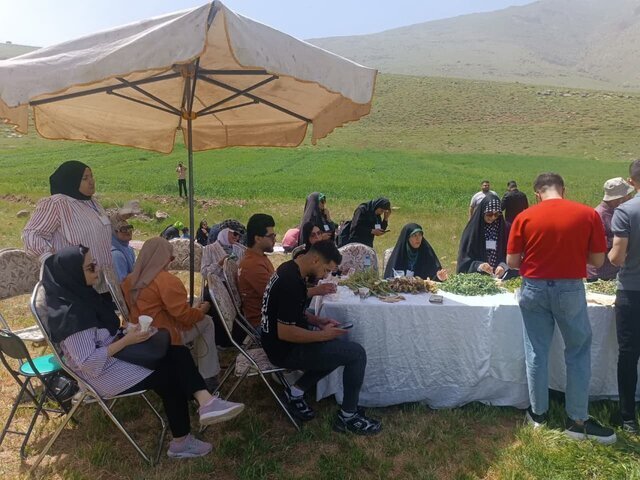
Delicious Discoveries: Culinary Tour Showcases Kermanshah’s Rich Flavors for International Students
A recent culinary tour in Kermanshah province introduced foreign students to the region’s unique spring plants and traditional dishes, highlighting its status as the 37th UNESCO Creative City of Gastronomy. Organized by Iman Derakhshi, head of the Cultural, Social, and Sports Department, the tour featured 35 students from Razi University and Kermanshah University of Medical Sciences. Participants learned about various spring plants and their historical significance in local cuisine. The initiative aims to promote Kermanshah’s culinary diversity to domestic and international tourists, positioning the region as a potential gastronomic tourism destination rich in flavors and cultural heritage.
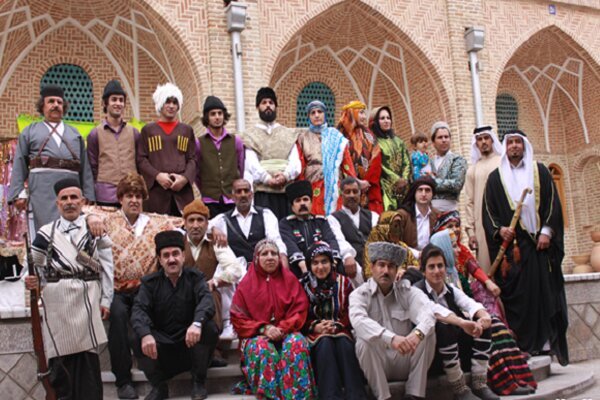
Iran: A Vibrant Tapestry of Cultural Diversity and Peaceful Coexistence
Iran, with its rich cultural heritage, aims to share its diverse voice globally, especially on World Day for Cultural Diversity for Dialogue and Development, designated by UNESCO. Recognizing cultural diversity as a vital asset, Iran highlights its historical coexistence of various cultures and customs. Key cultural elements include Nowruz, Maqami music, Naqqali storytelling, carpet weaving, religious rituals, and local languages, showcasing the nation’s artistic and moral values. Emphasizing intercultural dialogue, Iran advocates for understanding and respect as essential for global peace and development. On this day, UNESCO encourages honoring cultural diversity, fostering a future of cooperation and appreciation for human experiences.
Niavaran Unveils Exciting Photogrammetry Project to Preserve Iconic Artifacts
The Niavaran Cultural-Historical Complex in northern Tehran is launching a project to document its artifacts using advanced photogrammetry techniques, enhancing preservation and accessibility of Iran’s cultural treasures. Bijan Moqaddam, the complex’s director, emphasized the importance of modern technology in protecting heritage. The project aims to improve public access, create an online archive, and implement conservation strategies for over 100 key objects. Photogrammetry, a non-contact method that produces high-resolution 3D models, is highlighted for its efficiency and accuracy. This initiative sets a precedent for other museums, promoting digital archives and collaboration in cultural heritage preservation.
